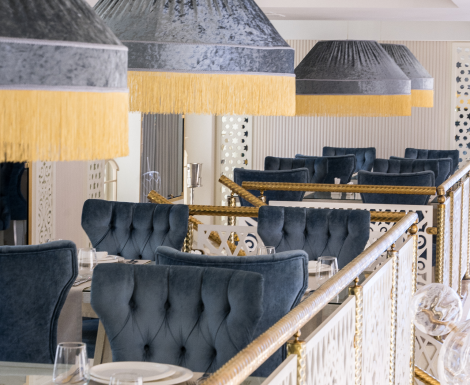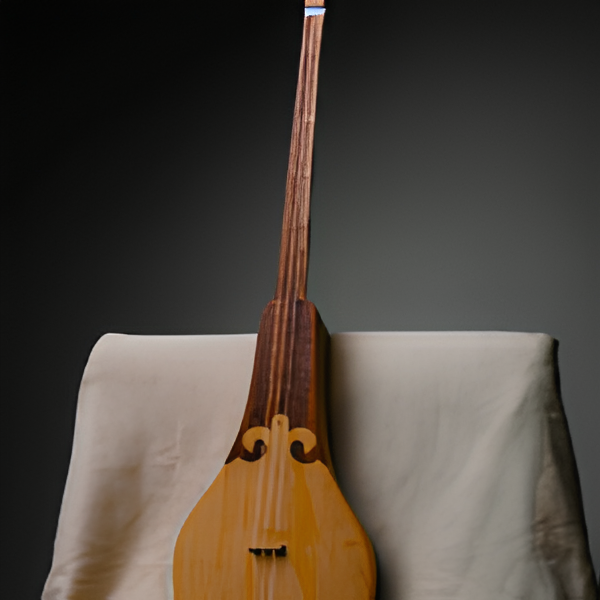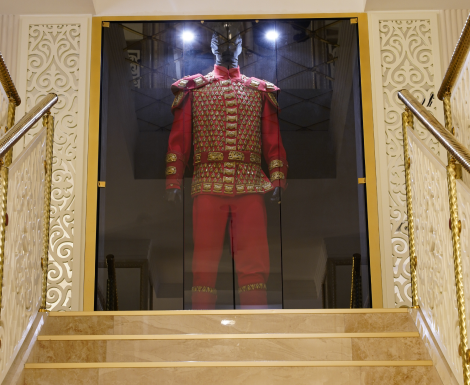A Gift from Admirers in Portugal
DAIDIDAU.KZ
DAIDIDAU.KZ
DAIDIDAU.KZ
DAIDIDAU.KZ
DAIDIDAU.KZ
DAIDIDAU.KZ
DAIDIDAU.KZ
DAIDIDAU.KZ
DAIDIDAU.KZ
DAIDIDAU.KZ
DAIDIDAU.KZ
DAIDIDAU.KZ
DAIDIDAU.KZ
DAIDIDAU.KZ
DAIDIDAU.KZ
DAIDIDAU.KZ
DAIDIDAU.KZ
DAIDIDAU.KZ
DAIDIDAU.KZ
DAIDIDAU.KZ
DAIDIDAU.KZ
DAIDIDAU.KZ
DAIDIDAU.KZ
DAIDIDAU.KZ
DAIDIDAU.KZ
- ThePlus Audio

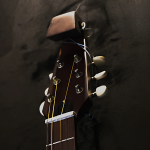
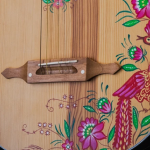
PORTUGUESE GUITAR
In the 18th–19th centuries, the English guitar was imported to Portugal and underwent some changes, resulting in the appearance of the Portuguese guitar — the main musical instrument for traditional modinhas and fado. The guitar is a pear-shaped string instrument with 12 steel strings arranged in pairs. Antique instruments had 10 strings — 4 paired and 2 single ones.
Initially, the Portuguese guitar was an instrument for classical music of various genres: sonatas, minuets, marches, gavottes, contradances, and cotillions were performed on it. But when Maria Severa began performing solo in the "fado" genre in the 18th century, the Portuguese guitar firmly established itself on Capelao Street.
According to Portuguese legend, fado grew from melodies brought by wandering sailors, who sang under the moonlight in Brazil. Over time, the lively melodies acquired softer tones, reflecting the melancholy of street romance. Thus, fado emerged, for which the sound of the Portuguese guitar was ideally suited.
The sentimental love lyrics of urban Portuguese romance — modinha — hold a special place in the country's folk music and are inextricably linked with the Portuguese guitar.




